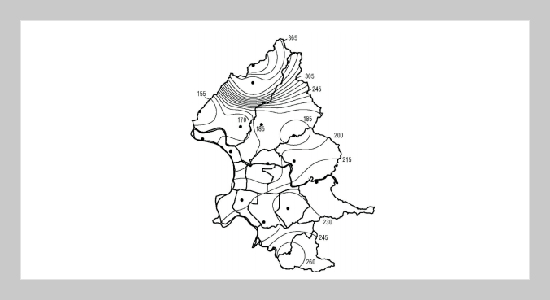Tsai-Chung Weng This email address is being protected from spambots. You need JavaScript enabled to view it.1 and Shyh-Meng Huang2 1Department of Building Engineering, China Institute of Technology, Taipei, Taiwan 115, R.O.C.
2Department of Civil Engineering, National Taiwan University, Taipei, Taiwan 106, R.O.C.
Received:
June 24, 2005
Accepted:
May 25, 2006
Publication Date:
March 1, 2008
Download Citation:
||https://doi.org/10.6180/jase.2008.11.1.12
Due to over-development and concentration of population, the regional precipitation difference in the Taipei Basin is becoming more and more obvious. The estimation of regional precipitation will influence the direct rainfall utilization value on campus, and affect the cost for developing water resources. Three-precipitation value evaluation pattern are examined to understand the rainfall impact on the balance of rainwater demand and supply with 140 elementary schools in Taipei City. First pattern employs the standard precipitation value announced by a single weather station used in Taipei in the past. Second pattern employs the regional precipitation value announced by the weather station closest to the examined campus around which the 15 weather stations. Third pattern employs the precipitation value announced by the weather station modified with interpolation. The conclusions of the research include: ABSTRACT
1.The variation in Taipei City’s landform renders drastic differences in precipitation among different regions in Taipei;
2.The employment of different precipitation value evaluation pattern renders bigger differences in the demand and supply of rainwater for utilization for the low precipitation regions when compared to other regions due to the patterns;
3.‘The regional precipitation’ affects the utilization of rainwater significantly than ‘the rainwater collection area in campus.
Keywords:
Campus Architecture, Rainwater Supply-Demand Rate, Regional Rainfall Pattern
REFERENCES









